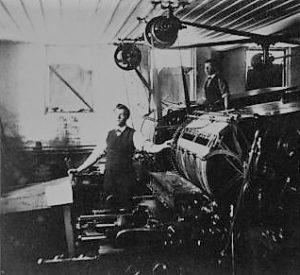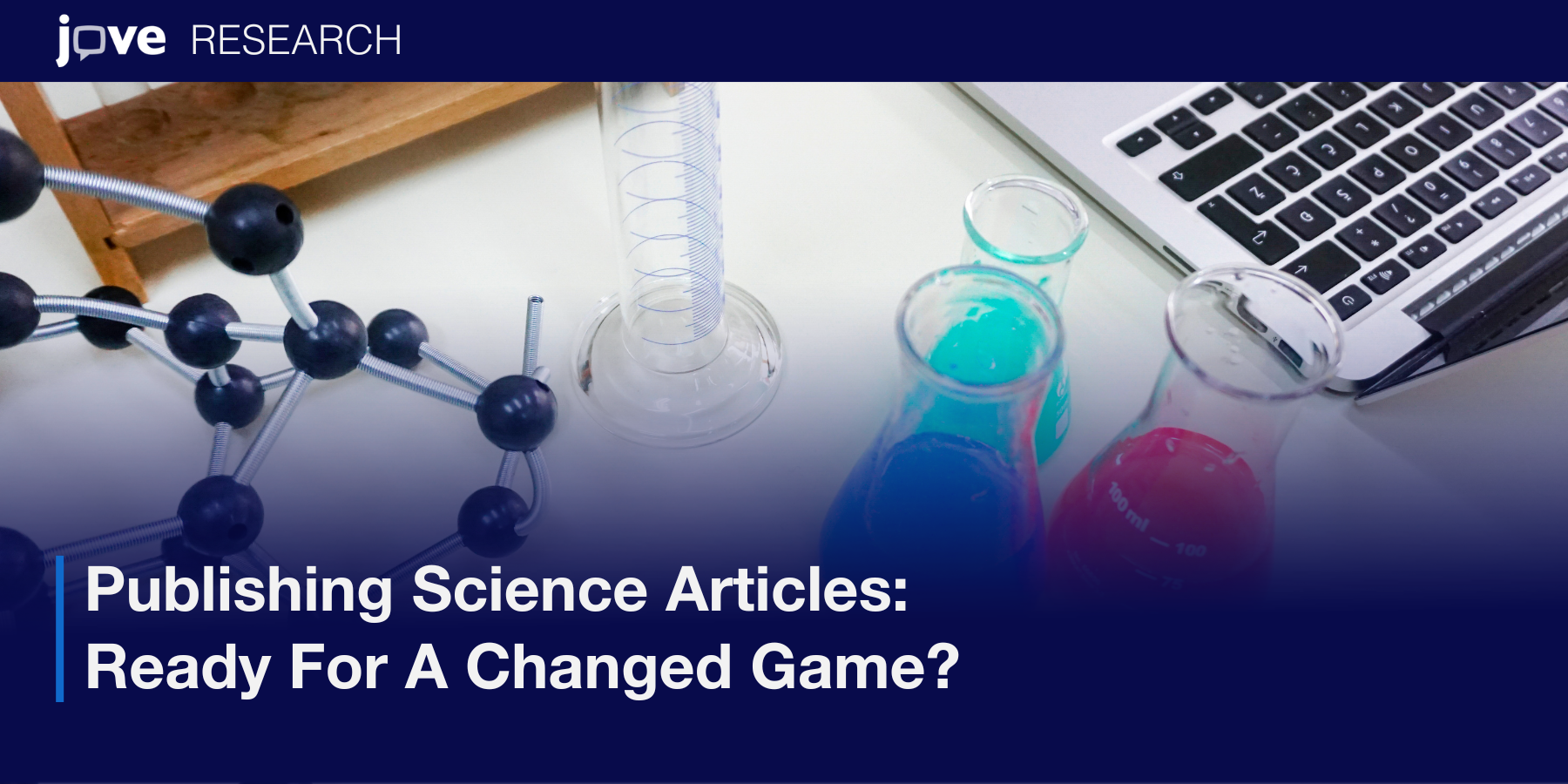JoVE has company in its realization that traditional scientific publishing is ready for radical change. A recent Atlantic article highlights scientific publishing apps — ones enabling contemporary authors to improve the reproducibility of their research article protocols and findings.
The Atlantic focuses on two computational software “notebooks”: one is the commercially available and cloud-accessible Mathematica (from the Wolfram Research company). It also highlights the iPython notebook effort (now called Project Jupyter), an open-source tool (similar to Mathematica), that supports about 100 different programming languages.
Inflection Point In Publishing
The goal of both platforms is to show exactly how scientists reach their conclusions, and focus on displaying the data computations relevant to the results. This is a laudable goal! JoVE is tackling the same problem — but with a different approach: We create videos demonstrating exactly how to perform a specific set of scientific techniques.
We believe familiarity with an experiment's requisite methods and equipment increases a scientist’s likelihood of success when attempting something new. Hundreds of research labs using JoVE videos have validated this approach.
RIP Pure Print?
For some, the rise of these (and other publishing apps) might be gloomy news: Another nail in the Gutenberg Era’s coffin. And let’s be fair: The scientific paper served its purpose marvelously, as the Atlantic notes, helping further the cause of knowledge (via general collaboration and sharing) like nothing else before it.
But in the past 100 years alone, there has been an avalanche of new techniques, formulas, data sources, and so on: We know a lot more about whole lot more. And our techniques to innovate have become infinitely more refined and precise. “The more sophisticated science becomes, the harder it is to communicate results,” as the Atlantic notes. No doubt this situation is partially causing the scientific reproducibility crisis.
Look at the change in the breadth of scientific research being done from the 1600s (when the science paper was born) to today. It’s obvious the demands of disseminating discoveries successfully are as radically different as the science itself.

Seeing Really IS Believing In Science
On the other hand, these changes in science publication also represent a great opportunity for some researchers. They can combine what is best in static, text-based communication with more interactive, flexible, and visual-based media.
These new technologies can revolutionize reproducibility in current scientific research communication, collaboration, and teaching. JoVE in particular can assist in staff training, a process now more cumbersome than ever (frequently, staff members are students staying only a few semesters).
At the end of the day, publishing scientific articles is a process that is going to be with us a long time. The Atlantic mentions computing notebooks, data analytics, open-source coding languages, animations, and more. We’d like to emphasize video, as well. The question is, are you using the proper tools to publish, and in a way that makes your protocols and results reproducible?
If not, it may be a competitive imperative to start: It’s a tight market out there for labs seeking funding. You want every advantage, and going beyond the limitation of print article publishing may be the difference between success and failure.

